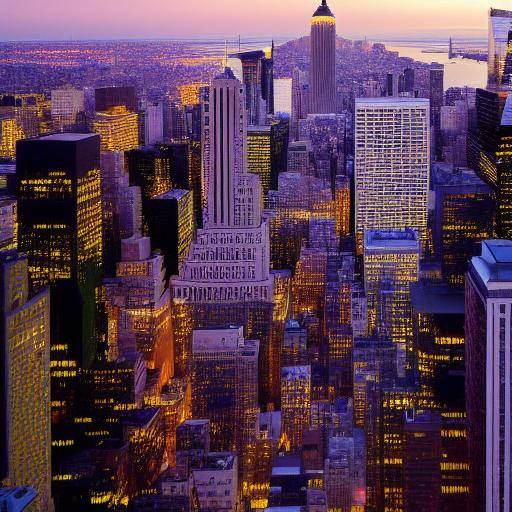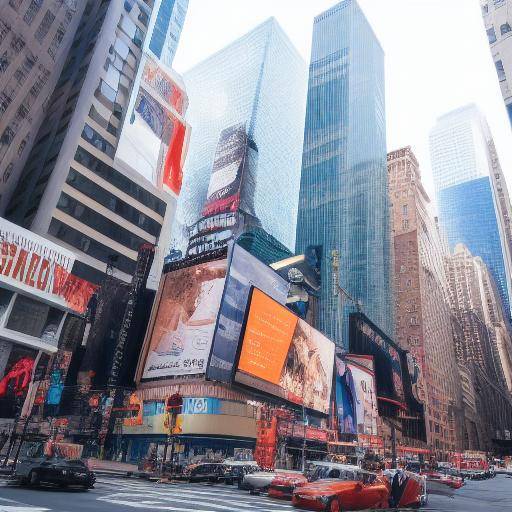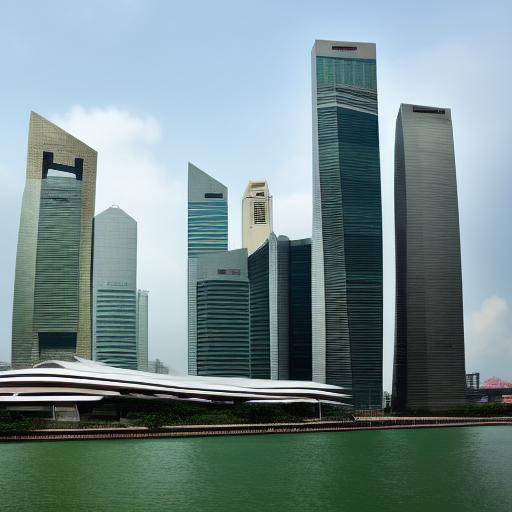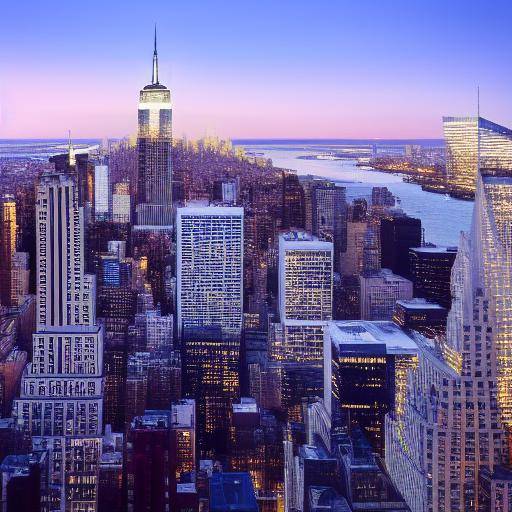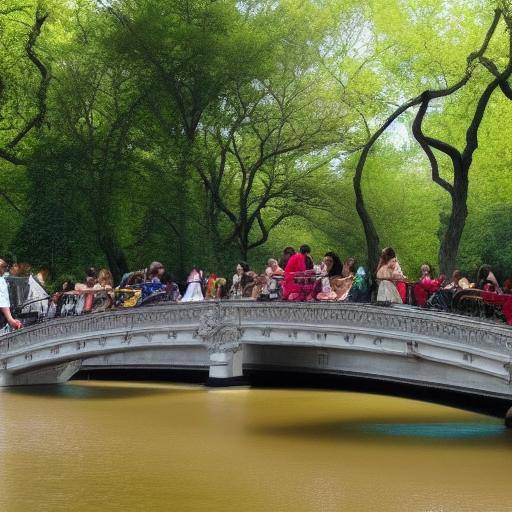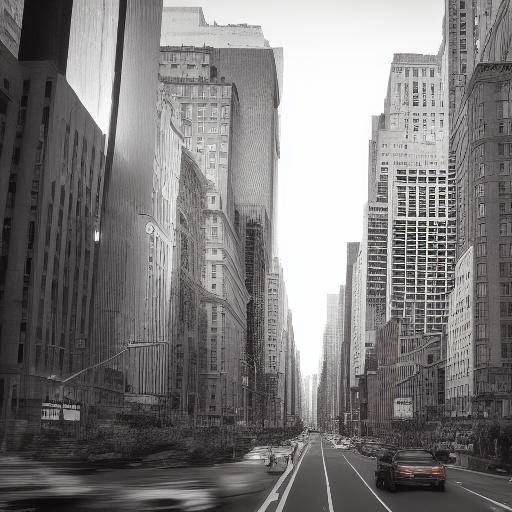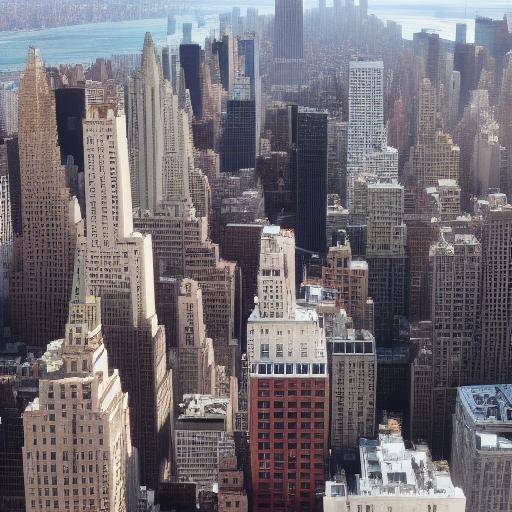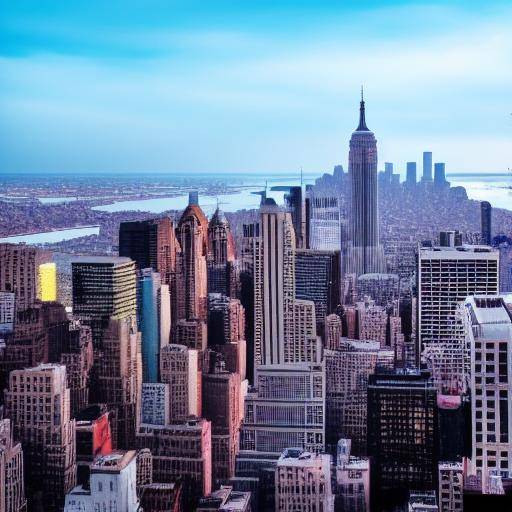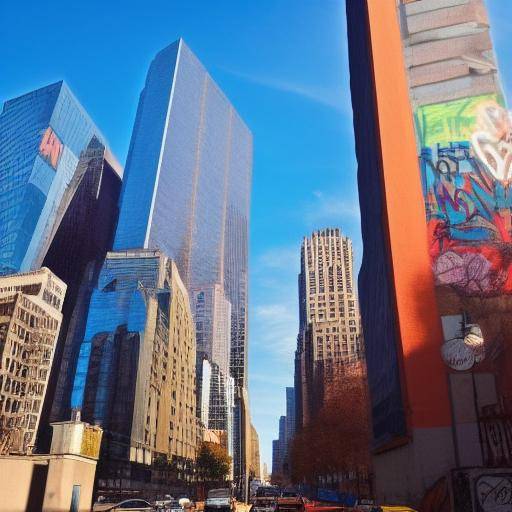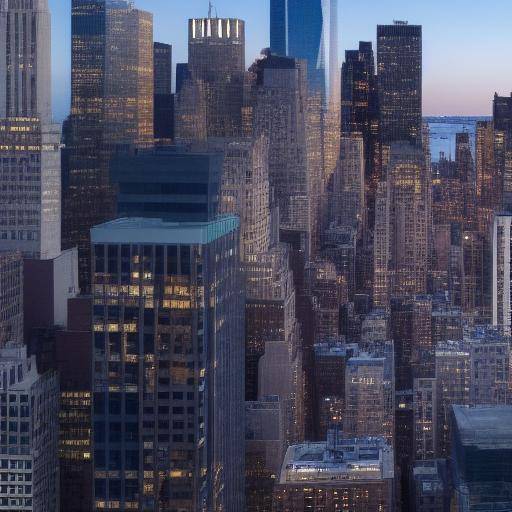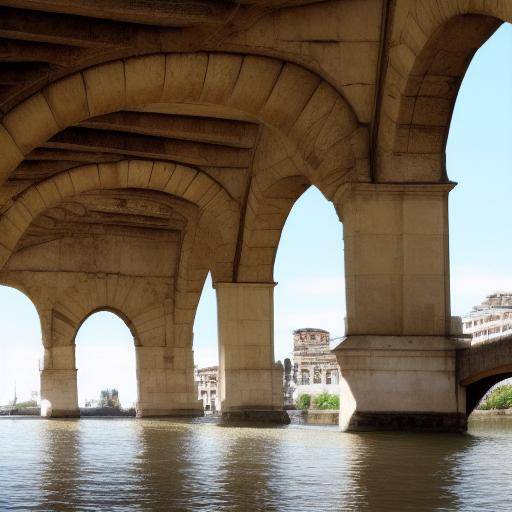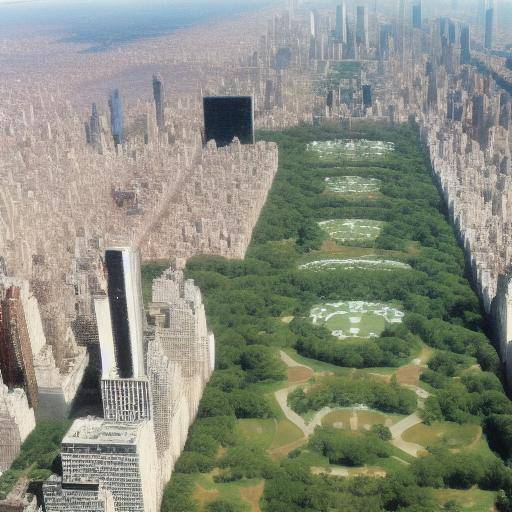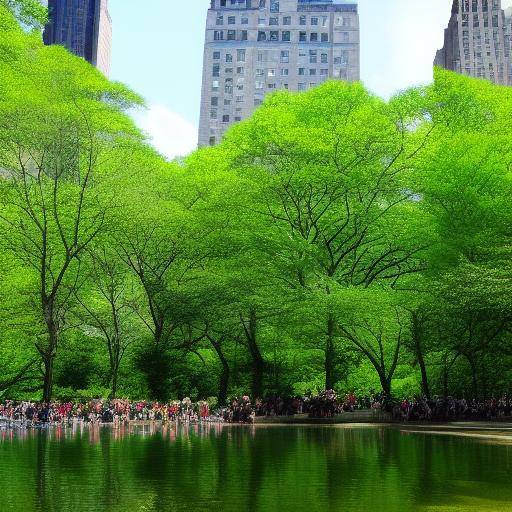
New York, the city that never sleeps, is famous for its impressive skyscrapers and iconic skyline. From the Empire State Building to the One World Trade Center, the city offers breathtaking panoramic views from various highlights. In this article, we will explore the best places to appreciate the New York skyline, with details about its history, deep analysis, practical advice and much more.
Introduction
Welcome to the ultimate guide to the best points to see the New York skyline. This emblematic city is known for its imposing skyscrapers and its iconic urban horizon. Discover where you can enjoy the best views of the city that never sleeps and contemplates the greatness of the Great Apple from different perspectives. Join us on this informative and visual tour, where we will explore the architectural wonders of New York.
History and Background
The history of the skyscrapers of New York dates back to the nineteenth century, when the city experienced rapid urban growth. The famous Flatiron building, completed in 1902, was one of the first skyscrapers in New York and marked the beginning of an era of vertical constructions. The city experienced a boom in building skyscrapers during the 1920s, with the completion of the iconic Chrysler Building in 1930.
New York's skyline has evolved significantly over the years, with the addition of iconic skyscrapers such as the Empire State Building, the GE Building and, more recently, the One World Trade Center. These architectural milestones have defined the silhouette of the city and contributed to its global recognition. In addition, the construction of the Lower Manhattan financial district has consolidated New York's position as a world-renowned financial and commercial centre.
Analysis in Deep
As New York faces challenges and opportunities in the 21st century, the development of the city's skyline has followed a fascinating trajectory. The pressure to maximize space in a densely populated metropolis has driven innovation in the design and construction of skyscrapers. Sustainable technologies, energy efficiency and natural disaster resistance are key considerations in the development of new projects.
New York skyscrapers represent not only architectural achievements, but also symbols of status and power. The competition for building higher and emblematic buildings has generated discussions about the impact on the identity of the city and the quality of life of its inhabitants. However, the preservation of history and the integration of new structures with the existing urban fabric are crucial aspects that guide the development of the New York skyline.
Comprehensive review
Exploring the New York skyline goes beyond the mere observation of imposing buildings. From an urban and social perspective, the city skyline reflects cultural diversity, business innovation and constant dynamism. Architecture and urbanism are intertwined to create a unique urban landscape that attracts residents, tourists and professionals from around the world.
New York's skyline also influences the city's economy, as skyscrapers host offices, luxury residences, commercial establishments, iconic hotels and tourist attractions. The expansion of this vertical horizon promotes economic activity and continuously redefines the urban profile of the city.
Comparative analysis
Compare different elements of the New York skyline allows us to appreciate the varied silhouettes that define the urban landscape. From the grandeur of Midtown Manhattan to the modernity of Lower Manhattan, each sector offers a unique perspective that reflects the history, culture and economy of the city. The different heights, architectural styles and soil uses of the buildings contribute to the visual and functional diversity of New York, creating a rich urban upholstery that attracts visitors and locals alike.
Practical Tips and Accessible Tips
When planning your visit to contemplate the stunning New York skyline, consider some practical tips that will improve your experience:
- Optimal times: The day and night views offer different skyline perspectives. Consider visiting your favorite points at different times of the day to capture beauty in different light conditions.
- Access to observatories: Several skyscrapers have observatories with panoramic views. Research timetables, prices and access options to choose the best experience.
- Unique perspectives: Explore options out of the ordinary, such as brunch in restaurants with skyline views or helicopter rides to admire the city from the air.
- High-level photography: If you are a photographer, consider wearing your equipment to capture spectacular skyline views. Find strategic locations and optimal timetables to achieve the most impressive shots.
Industry Perspectives and Expert Reviews
We have consulted experts in architecture, urbanism and tourism to get their perspectives on the New York skyline:
"The greatness of New York is manifested in its skyline, which is an ode to human ambition, architectural creativity and business spirit. From the classic skyscrapers to the innovative contemporary towers, New York remains a beacon of unlimited progress and possibilities." - Maria Rodriguez, Arquitecta Urbana.
"The New York skyline is a visual testimony of the city's continued re-invention, showing how history and modernity coexist in perfect harmony. The constant evolution of its urban horizon is a reflection of its dynamic spirit and its ability to adapt and prosper." - Alejandro Gomez, Urbanist.
Case Studies and Practical Applications
Many projects have transformed the New York skyline and offer valuable lessons on architectural innovation, urban integration and sustainability. We highlight two relevant case studies:
- High Line Park: This elevated park, built on an old train track, has revitalized the surrounding neighborhood and offers panoramic views of the skyline, highlighting the importance of integrating green spaces into dense urban environments.
- Hudson Yards: This massive development, which includes residential and commercial skyscrapers, has redefined Manhattan's skyline, demonstrating the capacity of contemporary architecture to boost urban and economic transformation.
Future Trends and Predictions
The New York skyline will continue to evolve in response to the demands of a constantly changing city. Trends such as sustainable construction, reuse of spaces and the integration of intelligent technologies pose exciting possibilities for the future urban development of the Great Apple. The skyline is expected to remain a symbol of innovation and a magnet for residents and visitors alike.
Conclusion
In short, the New York skyline is a visual testimony of the greatness, diversity and vitality of this iconic city. From its fascinating history to its contemporary innovations, the New York skyline continues to leave an indelible impression on all who contemplate it. Whether you're a local resident or a traveller admiring the city for the first time, the spectacular views of New York skyscrapers will surely make you wonder.
Frequently asked questions
What is the best time of the day to appreciate New York's skyline?
The sunset offers one of the best visual experiences, as the city gradually illuminates with bright lights, creating a printed show. Also, the night provides a magical perspective with the buildings illuminated against the dark sky.
What emblematic buildings are part of the New York skyline?
The Empire State Building, the One World Trade Center, the Chrysler Building and the Flatiron Building are just some of the iconic skyscrapers that contribute to the imposing New York skyline silhouette.
What are the best places to capture photographs of New York's skyline?
The Top of the Rock Observatory, the Empire State Building, the Brooklyn Bridge and the Promenade in Ferry a Staten Island are just some of the popular options to get stunning views and photograph the skyline.
Can guided tours be made to explore the New York skyline?
Yes, there are numerous helicopter tours, river cruises and guided tours to observatories that offer opportunities to explore and learn about the New York skyline.
What are the architectural and urban trends that are impacting the New York skyline?
Sustainability, the integration of green spaces, the optimization of soil use and the incorporation of smart technologies are shaping the current and future trends of the New York skyline.
How has New York's skyline evolved over the years?
From its first skyscrapers in the nineteenth century to the innovative contemporary buildings, the New York skyline has experienced continuous evolution, reflecting changes in the city's economy, technology and culture.
In conclusion, the New York skyline is a visual testimony of urban grandeur, architectural innovation and cultural dynamism that defines this impressive city. Whether admiring its iconic buildings from the ground or enjoying a panoramic view from an observatory, the majesty of the New York skyline never ceases to inspire wonder and admiration.

